Wildlife
(Reptiles)
Nile Crocodile
Wildlife / Reptiles / Crocodiles
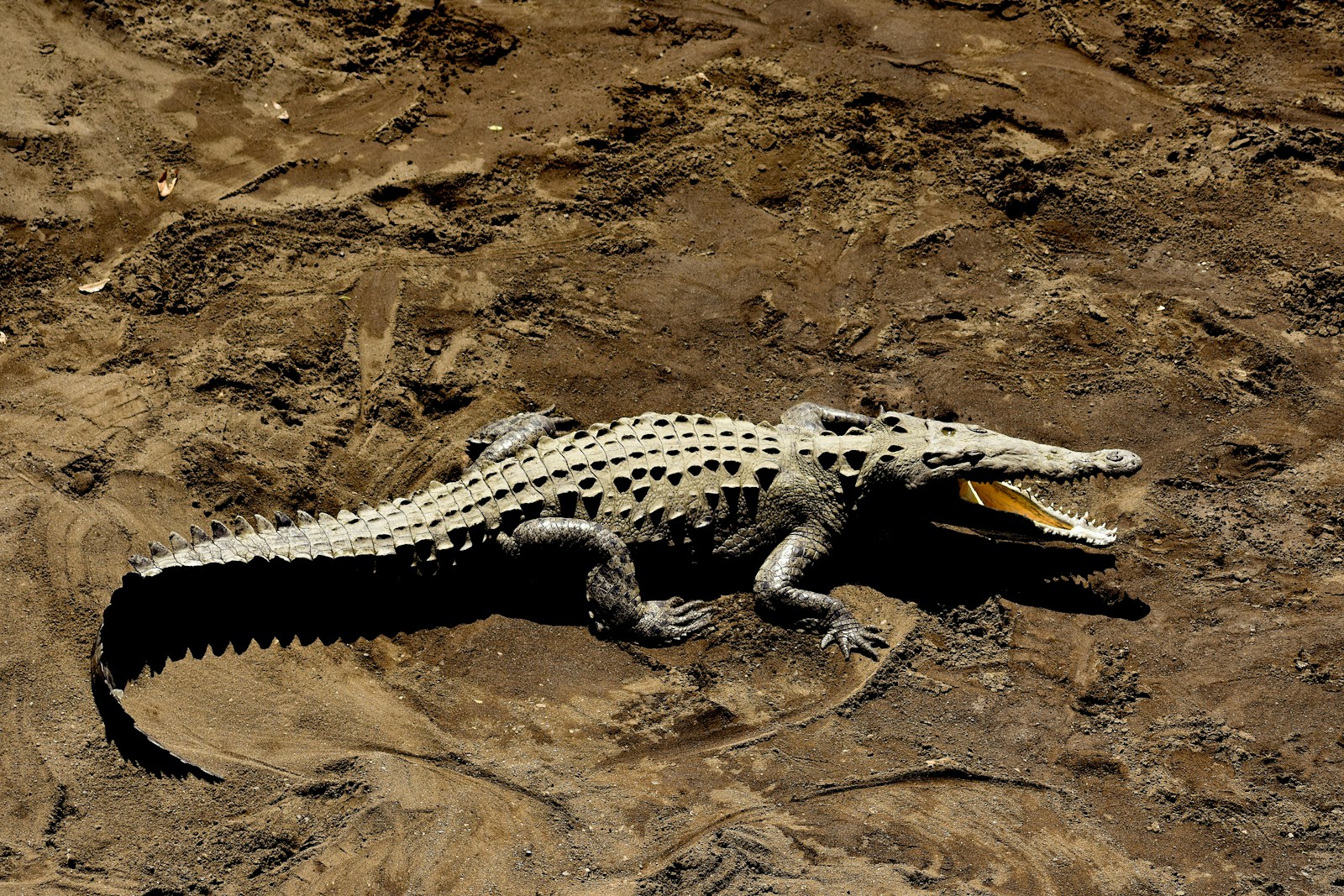
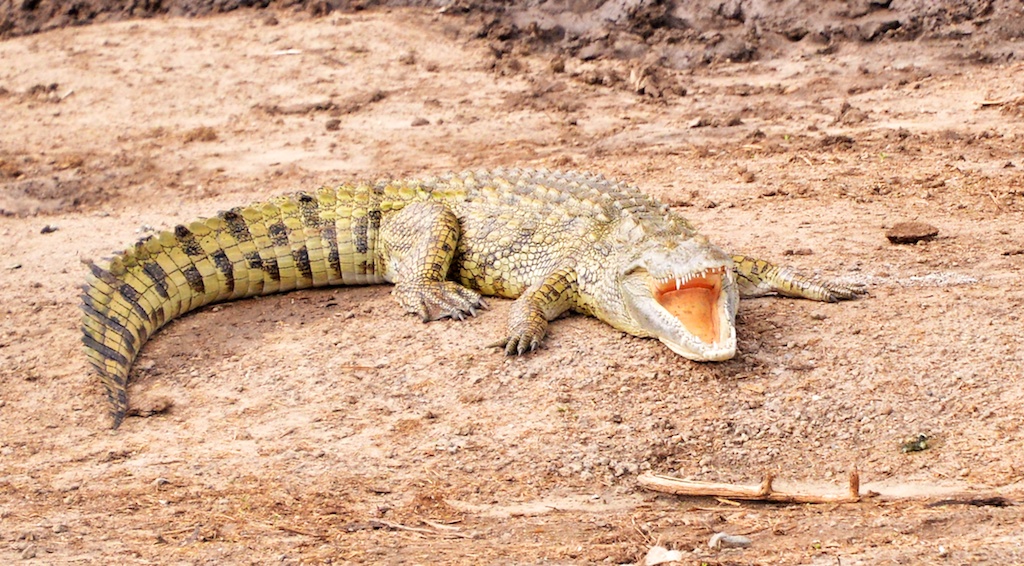
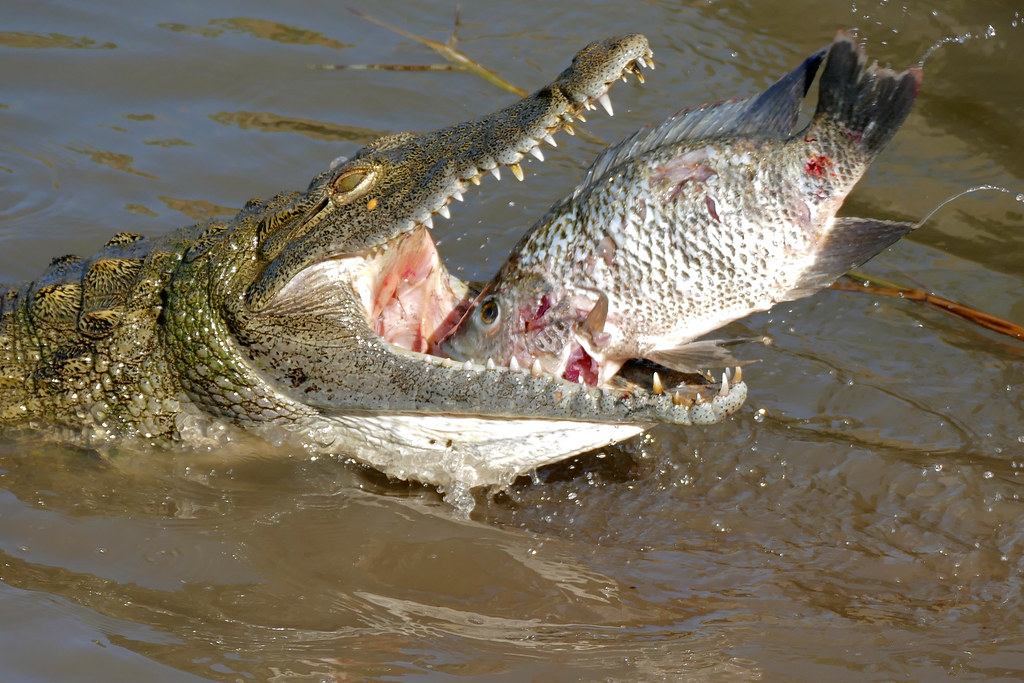
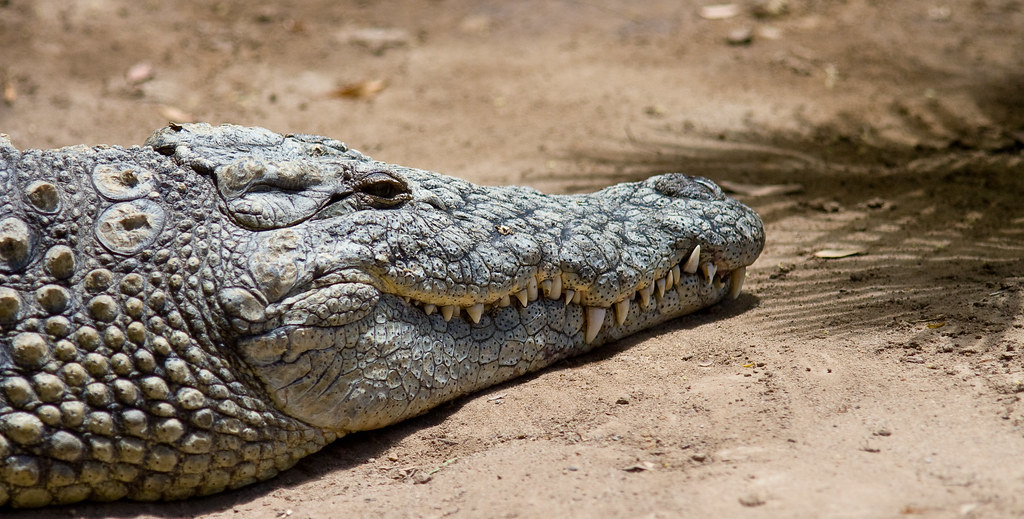
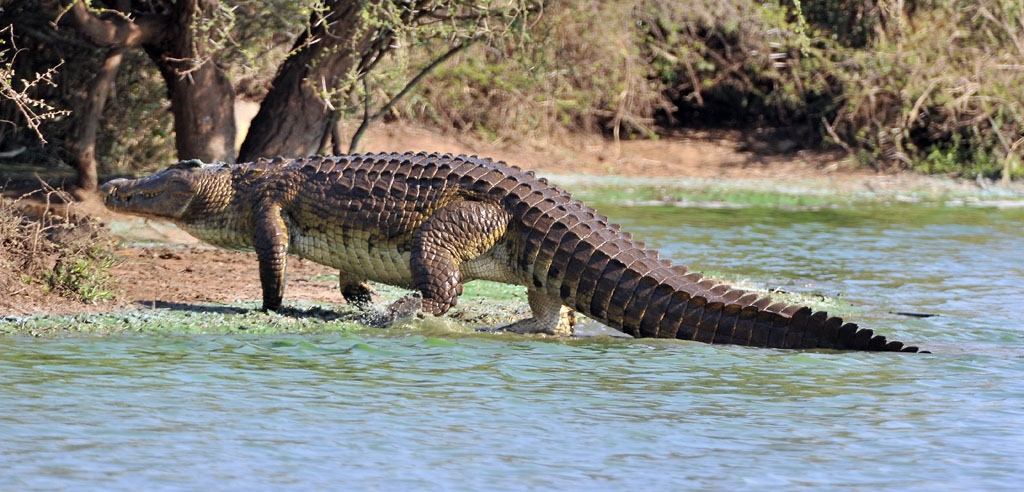
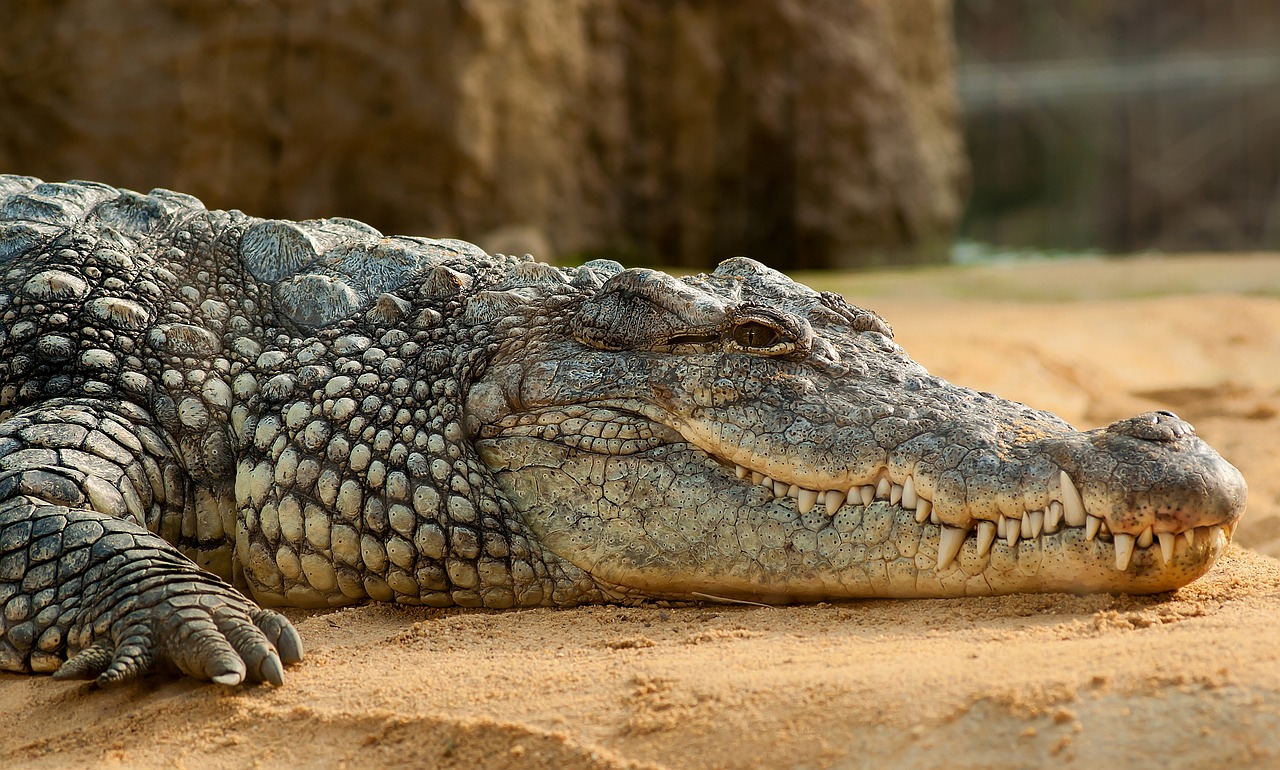
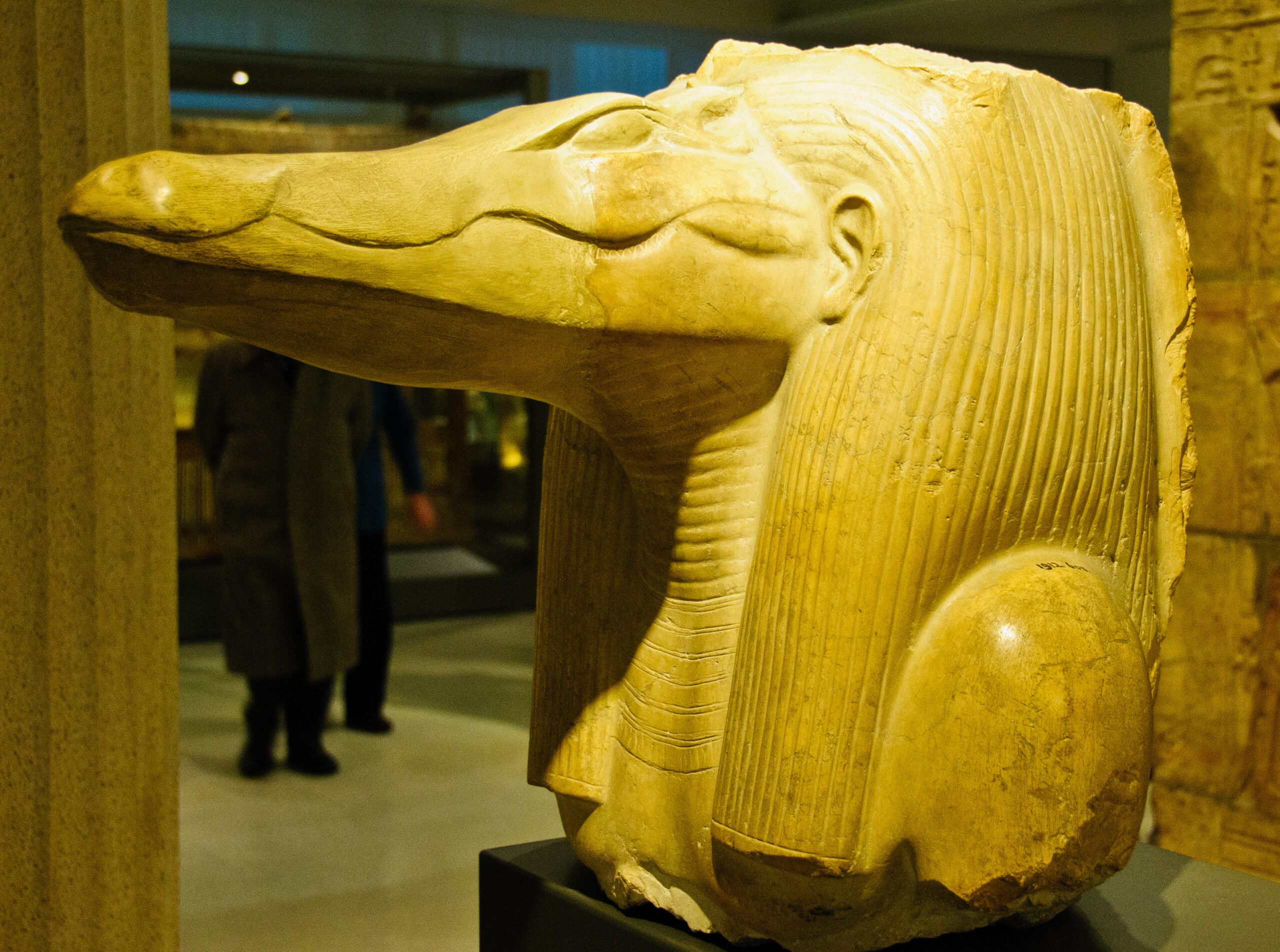
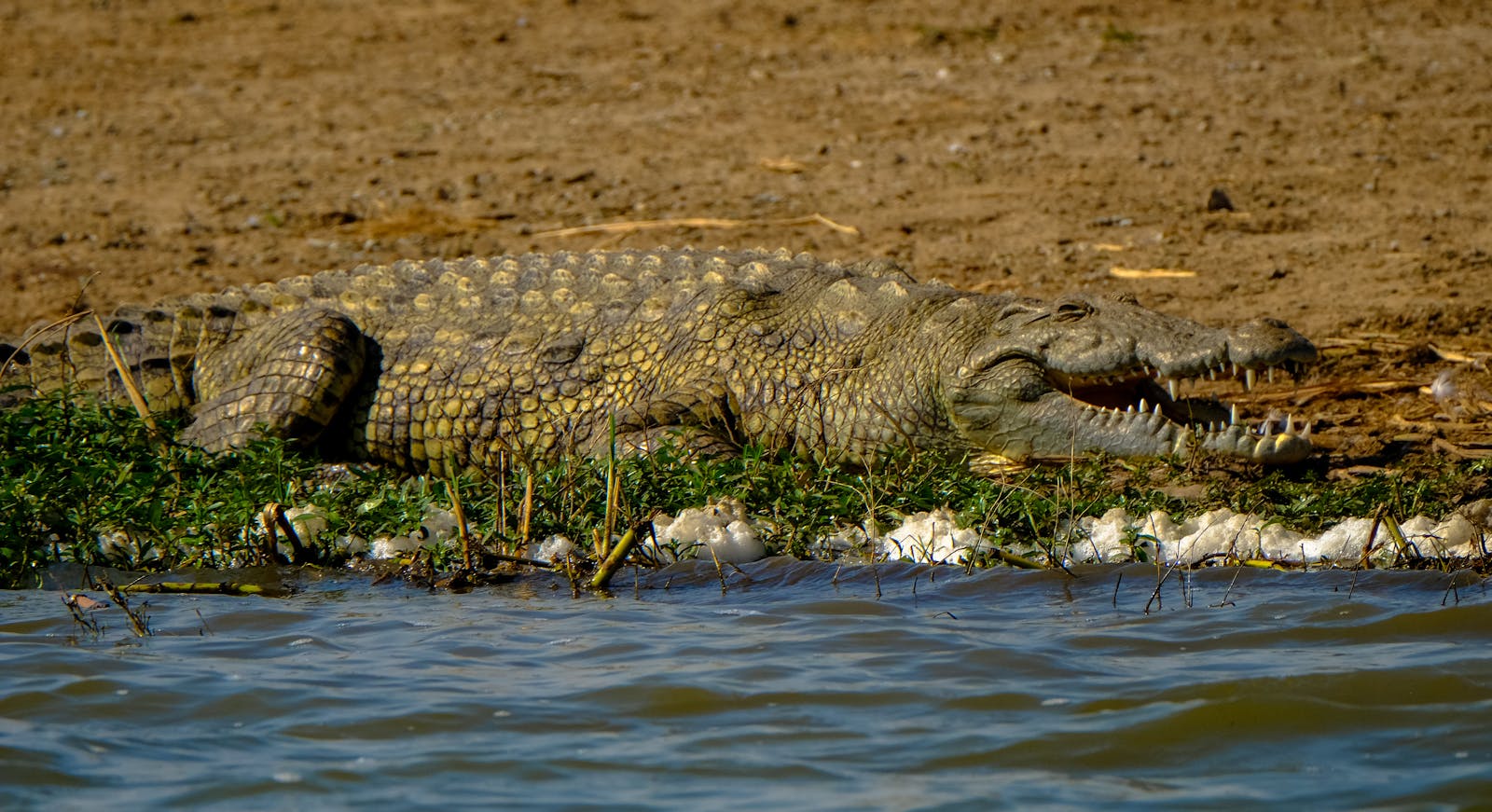
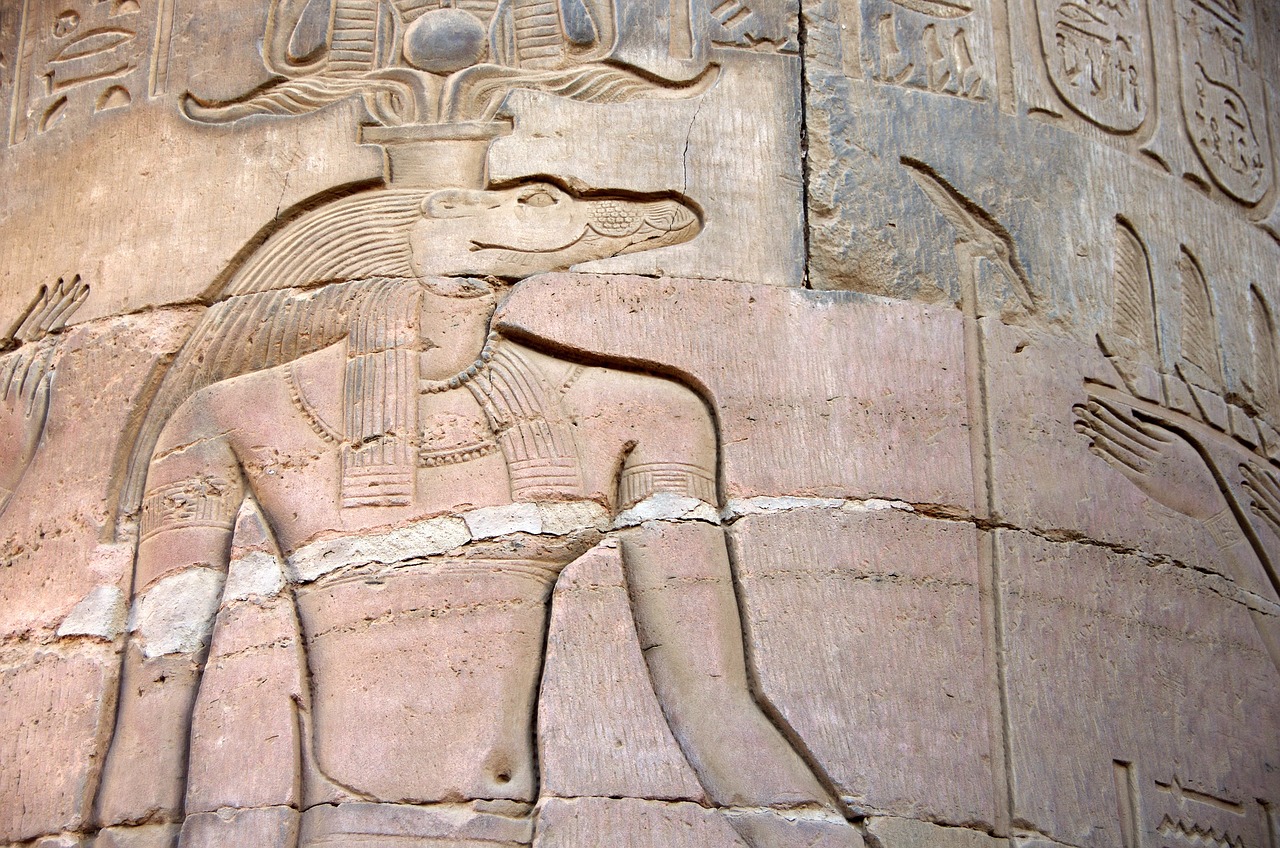
Scientific Name
Crocodylus niloticus
Conservation Status
Least Concern
Habitat Range
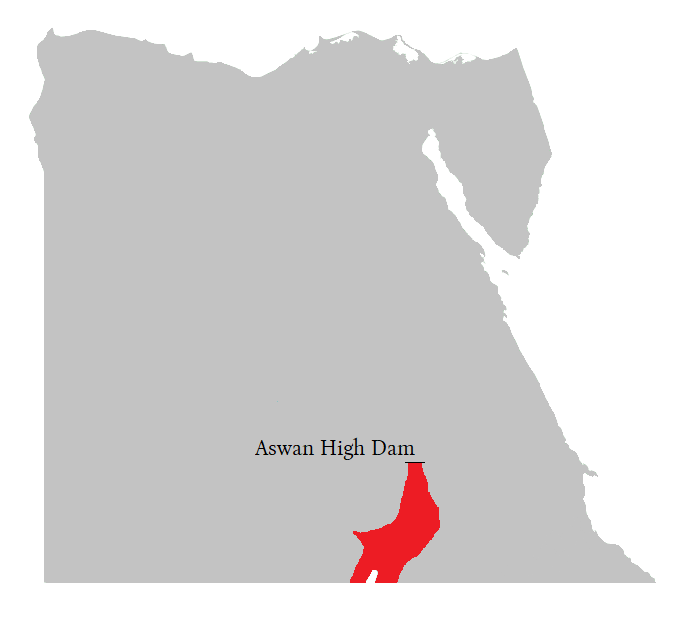
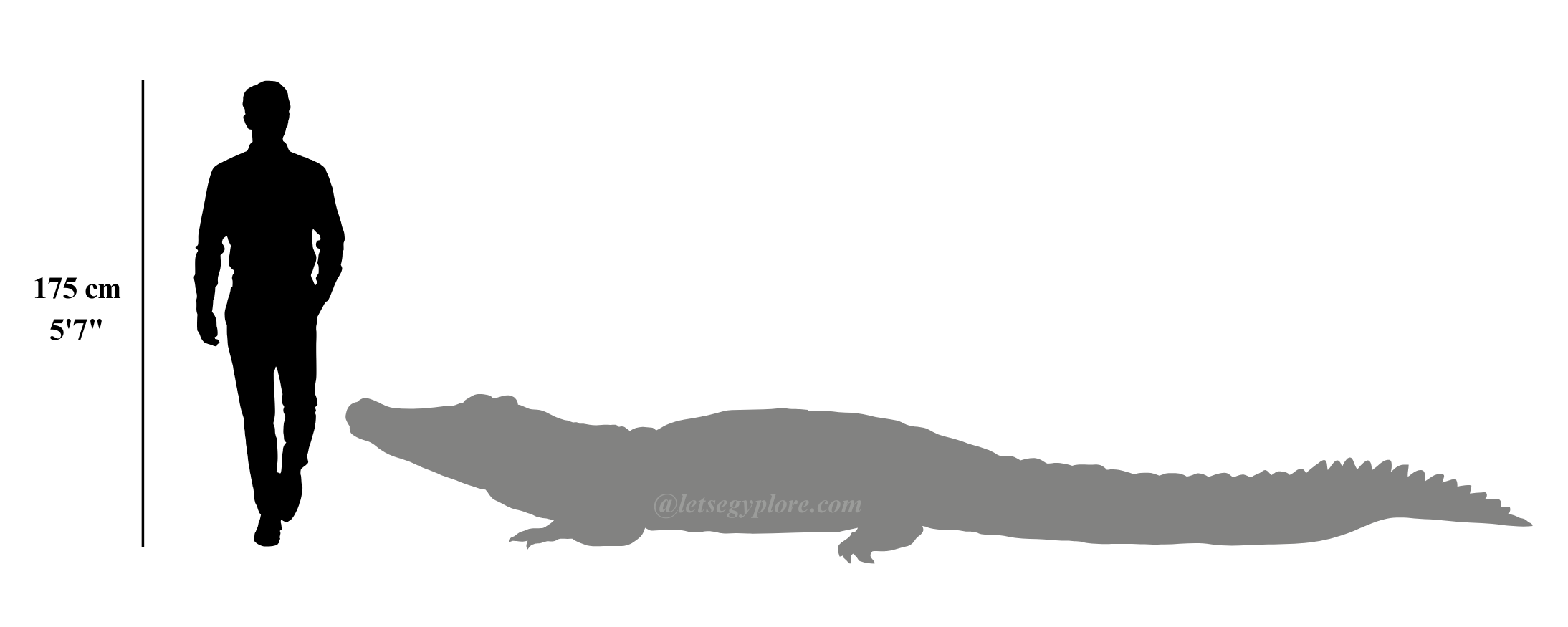
About
The Nile crocodile (Crocodylus niloticus) is one of the largest and most fearsome predators in Africa, known for its incredible power and adaptability. This apex predator, which can grow up to 6 meters long and weigh over 725 kg, is found throughout sub-Saharan Africa and Madagascar, thriving in rivers, lakes, marshes, and even brackish coastal waters. Its diet consists primarily of fish, but the Nile crocodile is a highly opportunistic predator, capable of taking down much larger prey, including antelope, zebras, and occasionally even humans. These reptiles are known for their stealth and patience, often lurking beneath the water’s surface with only their eyes and nostrils exposed, waiting for the perfect moment to ambush their prey. With their powerful jaws capable of exerting immense bite force, they can swiftly drag their victims underwater, using a death roll to disorient and subdue them. Despite their fearsome reputation, Nile crocodiles play a crucial role in their ecosystems, helping to regulate prey populations and maintaining the health of aquatic environments.
In ancient Egypt, the Nile crocodile held a complex and dualistic place in the culture. While they were feared for their aggression, they were also revered and even deified through the god Sobek. Sobek, often depicted as a man with the head of a crocodile or as a full crocodile, symbolized strength, power, and fertility. He was believed to protect the pharaoh and the people of Egypt from danger, particularly in the perilous Nile waters. Sobek was also associated with the Nile itself, which was the lifeblood of ancient Egypt, providing water for irrigation, drinking, and transportation. As such, Sobek was considered a god of fertility and creation, embodying the nourishing and destructive aspects of the river.
Sobek’s primary cult centers included Crocodilopolis (known today as Fayoum) and Kom Ombo, where crocodiles were mummified and worshipped. At temples dedicated to Sobek, live crocodiles were often kept as sacred animals, adorned with jewelry, and treated with reverence. These crocodiles, believed to be physical manifestations of the god, were fed and cared for throughout their lives. Upon their death, they were mummified and buried in elaborate ceremonies. Sobek’s enduring legacy in Egyptian mythology highlights the ancient Egyptians’ deep connection with their environment and their ability to find divinity in even the most formidable creatures.
